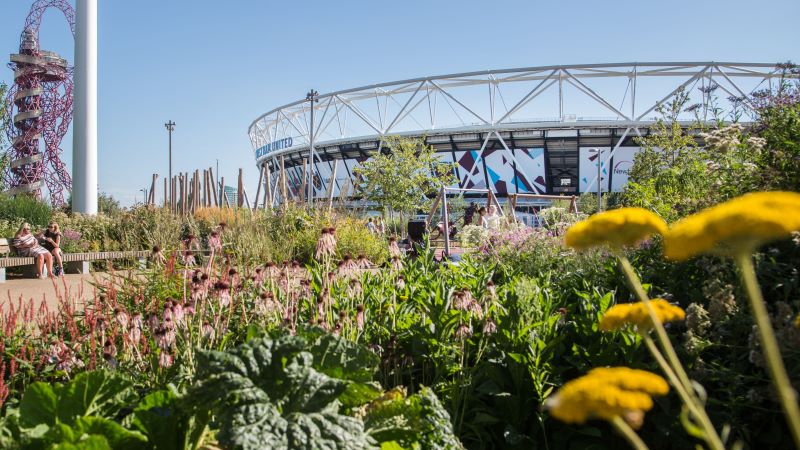Could Labour’s commitment to the environment mean the grass is greener for biodiversity?
The Labour government, freshly in office, have already hit the ground running on a raft of changes, tackling the complexities of pivoting from the previous government’s rolling back of climate goals. While the spotlight has largely been on the energy transition and the push for electric vehicles, Labour’s commitment to biodiversity is a significant and promising shift in policy.
The built environment, often overlooked, is a crucial player in preserving habitats, with the ability to support biodiversity gain delivered as part of our clients’ nature positive journey. Coupled with the Biodiversity Net Gain regulations introduced earlier in 2024, the right legislation could be a game-changer for biodiversity conservation. Our Principal Ecologist, Sean Ripley, explores the potential opportunities and hurdles that lie ahead and why the built environment can benefit from a firm hand on biodiversity.
Biodiversity: second nature to Labour
Labour’s commitment to biodiversity is clear and ambitious. They have pledged to protect 30% of UK land by 2030 and increase species abundance by at least 10% in the same timeframe, surpassing 2022 levels. The latest regulations from the Secretary of State further underscore this commitment, setting long-term targets for the recovery of the natural world in four priority areas: air quality, biodiversity, water, and waste.
In relation to construction, the government plans to promote nature-friendly housing and infrastructure projects. However, a National Spatial Plan (NSP), a tool used elsewhere to guide other equitable and sustainable land development, is a notable gap in Labour’s environmental policy. The industry must prove that they are taking the right initiatives through planning stages and delivering projects and programmes that connect communities to the natural world.
COPping on to global commitments
While the term COP is often associated with the United Nations’ Climate Change conference, the Convention of Biological Diversity also holds its own conference of the parties – COP16. This will be the 16th biennial UN Biodiversity Conference, centred around a global agreement on the use and protection of the world’s natural resources.
At COP16 there will be three primary areas of focus:
- Implementing the Kunming-Montreal Global Diversity Framework into national action. This was agreed during the fifteenth COP meeting, setting out a global vision of a world living in harmony with nature by 2050.
- Investing and collaborating for nature to bolster resource mobilisation and technical cooperation
- Accelerating progress on access and benefit-sharing.
The UK’s Environment Secretary will attend COP16, as usual. However, rumours that the UK is preparing a bid to host COP17 in 2026 suggest a deeper commitment to investing in nature and biodiversity.
Balancing Development and Conservation
The real challenge lies in the implementation of these targets and the creation of effective legislation to support them. The forthcoming National Biodiversity Strategy and Action Plan (NBSAP) will be a critical tool in this endeavour. The key will be setting targets that allow sectors to thrive while ensuring environmental protection and mitigation. Construction must control its impact on biodiversity, whilst still being able to complete projects to time and quality.
Aside from mitigating species decline, regenerating land, such as former farm or commercial plots, into biodiverse spaces could potentially sequester billions of tonnes of CO2 emissions worldwide, due to the growth in plant life. A collaborative approach to measurement and standards could prove crucial in supporting construction’s progress on recovering nature and pursuing a more sustainable world.
As COP16 approaches, the new Labour government will be faced with challenges in implementing its nature-based policies, the real test of which will be the agreeing and embedding of targets and the development of effective legislation to support them. New strategies such as the National Biodiversity Strategy and Action Plan should help to drive change. COP16 may be centred on the natural world, but it’s outcomes will have significant impact on the built environment.












